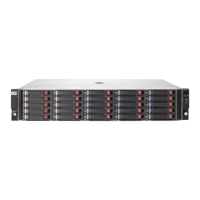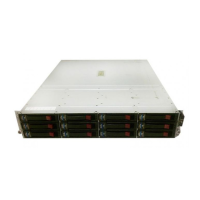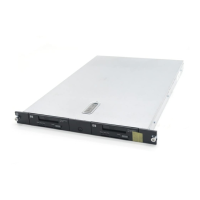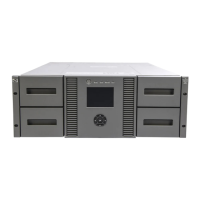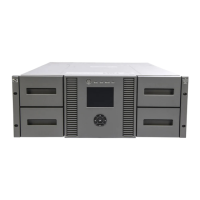• Recommended SAN solutions and conventions, see “Best practices” on page 417.
Design considerations
To design or modify a SAN, evaluate the following:
• Geographic layout
The locations of campuses, buildings, servers, and storage systems determine the required SAN
connections. SAN infrastructure components support long-distance connections and multiple
nl
interswitch cable segments. Fibre Channel routing interconnects independent SAN islands (fabrics)
or VSANs to form a single, geographically distributed SAN.
For information about supported distances, see “B-series switches and fabric rules” on page 93.
• Data availability
A resilient SAN environment minimizes vulnerability to fabric or device failures and maximizes
performance. A mixture of availability levels can be implemented in the same SAN, depending
on the level of protection required for specific applications or data.
For information about availability levels, see “Data availability” on page 53.
• Connectivity
Provide enough ports to connect servers, storage systems, and fabric components. To create a
high-capacity SAN, you can connect multiple fabrics or VSANs using routing.
For information about the connections available in a SAN fabric topology, see
“SAN fabric topologies” on page 35.
• Storage capacity
Calculate the total storage capacity requirement and determine the type and number of storage
systems needed for current and future requirements.
For storage systems information, see:
• “MSA storage system rules” on page 235
• “EVA storage system rules” on page 247
• “XP and VA storage system rules” on page 263
• Heterogeneous platforms and operating systems
Customize your SAN for specific hardware platforms and operating systems. In a heterogeneous
environment, component interoperability depends on the capabilities and limitations of each
platform.
For information about configuring systems in a heterogeneous environment, see
“Heterogeneous server rules” on page 185.
• Scalability and migration
Choose a design that can be expanded incrementally over time as storage and connectivity needs
increase. Migration paths for each of the topologies provide flexibility to expand a SAN. Fibre
Channel routing accommodates expansion with minimal disruption to the network, especially
where growth requirements are not known.
For information about scaling and migrating, see “Best practices” on page 417.
• Backup and restore
Provide adequate connectivity and bandwidth to maximize the performance of SAN-based backup.
For information about centralized backup, see “Enterprise Backup Solution” on page 275.
• Disaster tolerance
Consider remote data replication requirements to ensure protection against site failures and recovery
of critical data.
SAN design overview32

